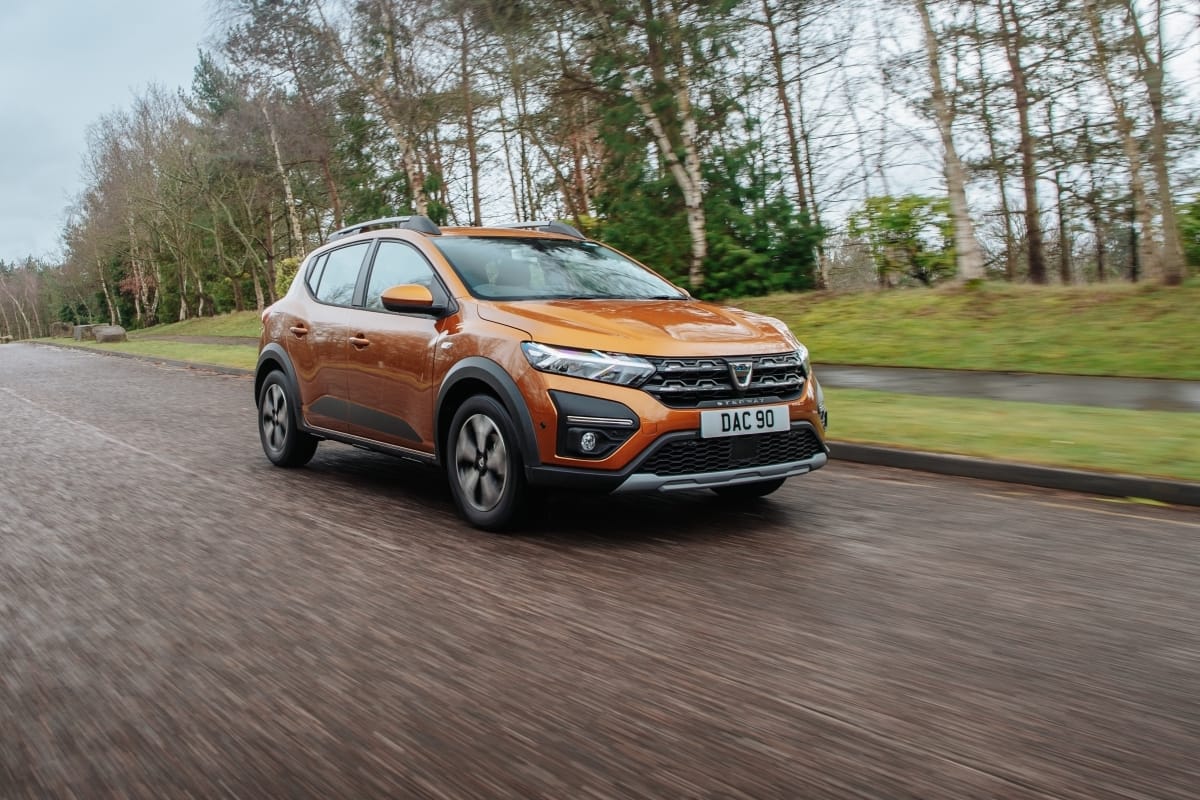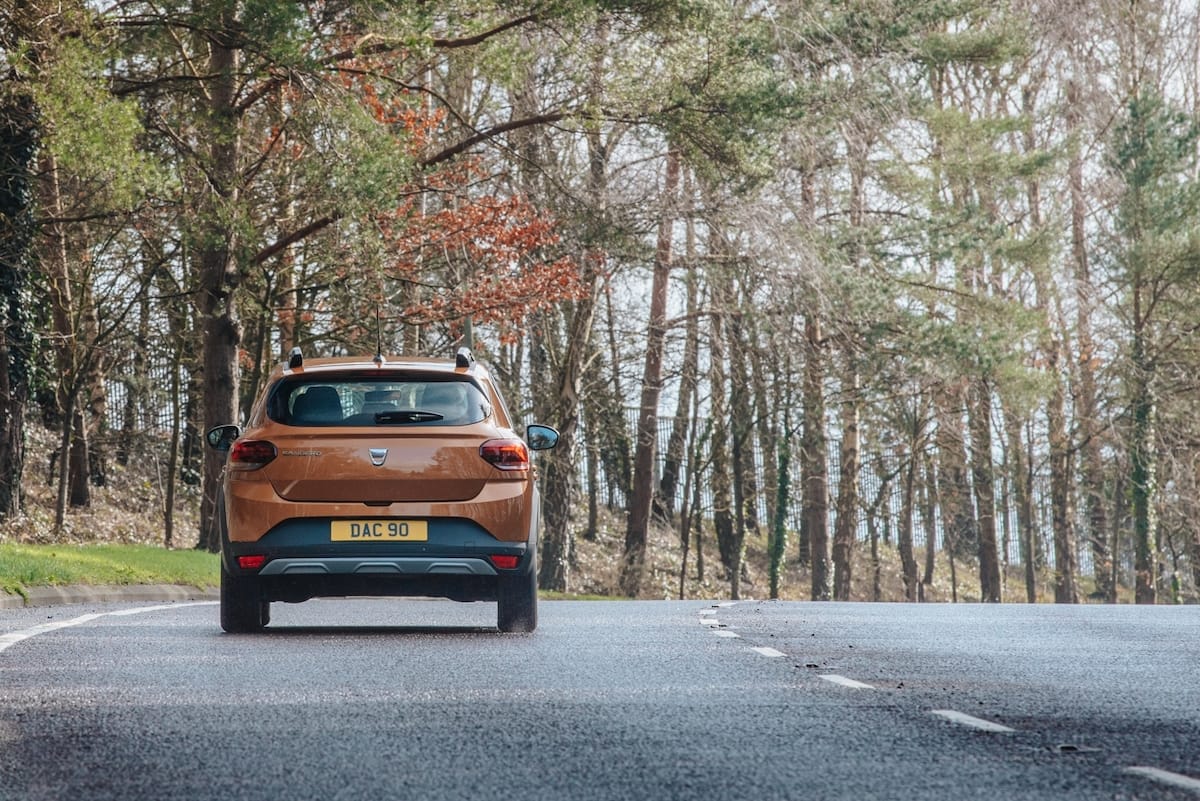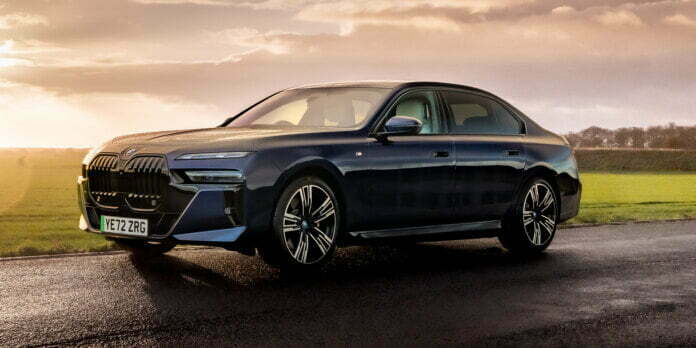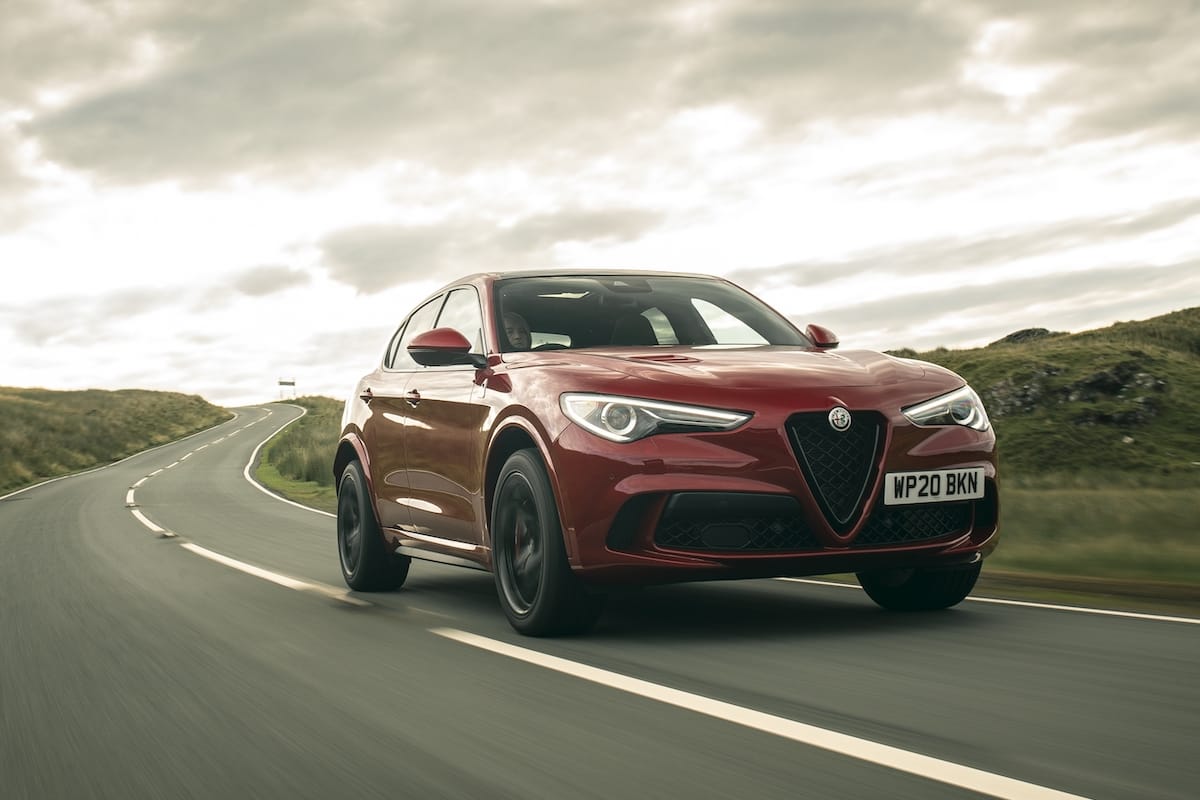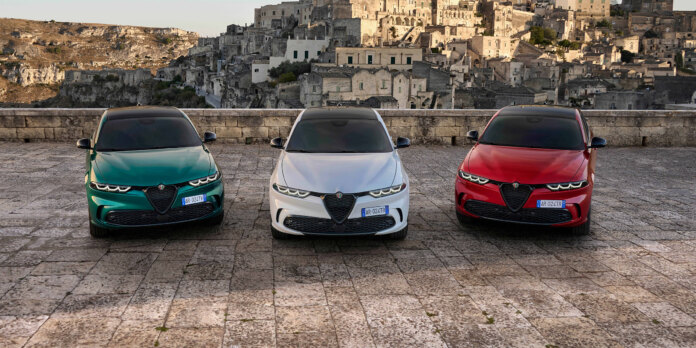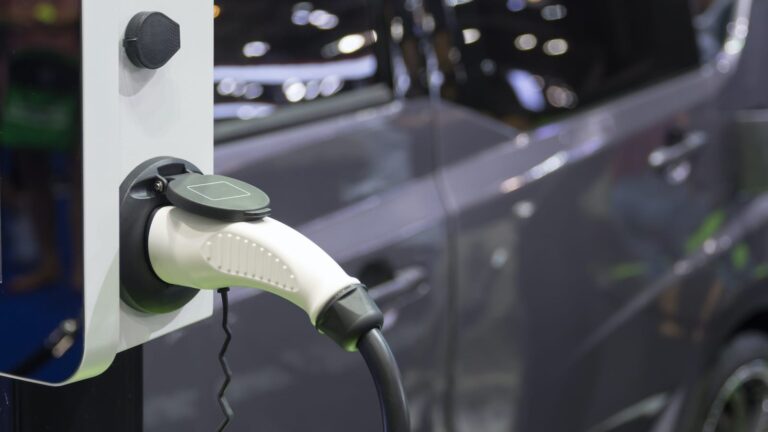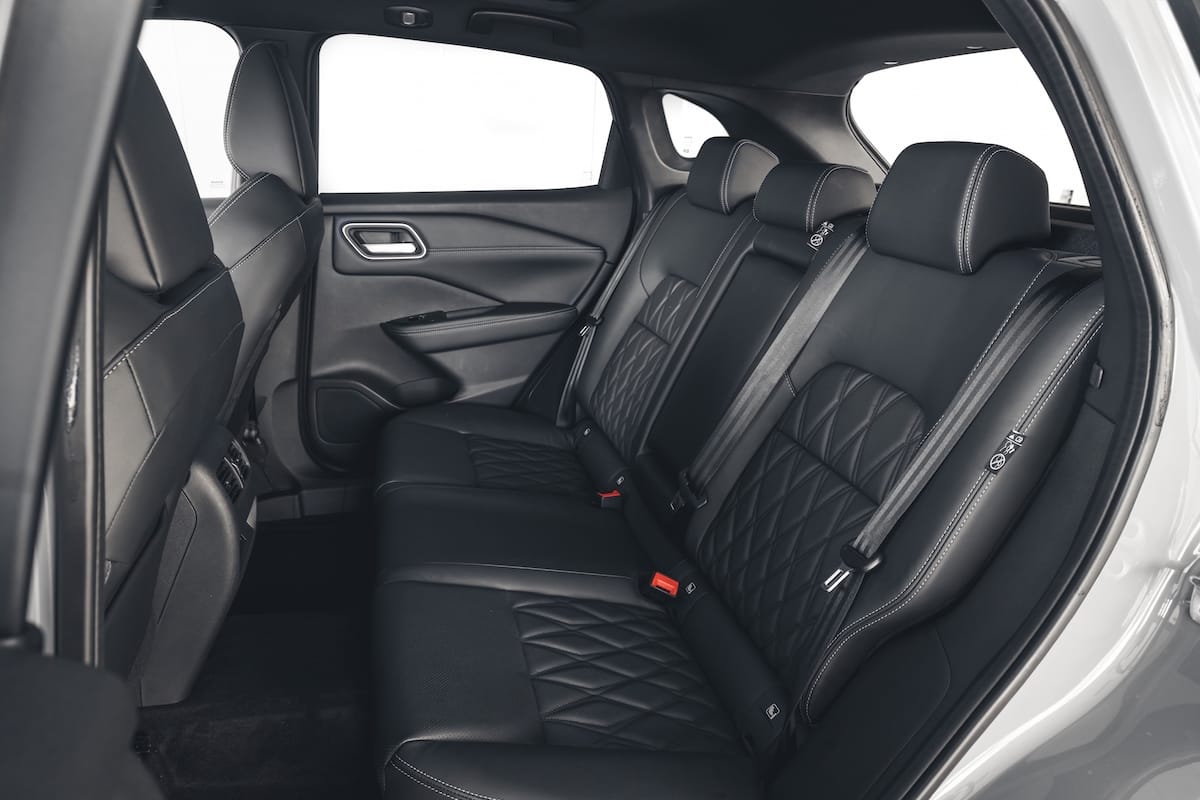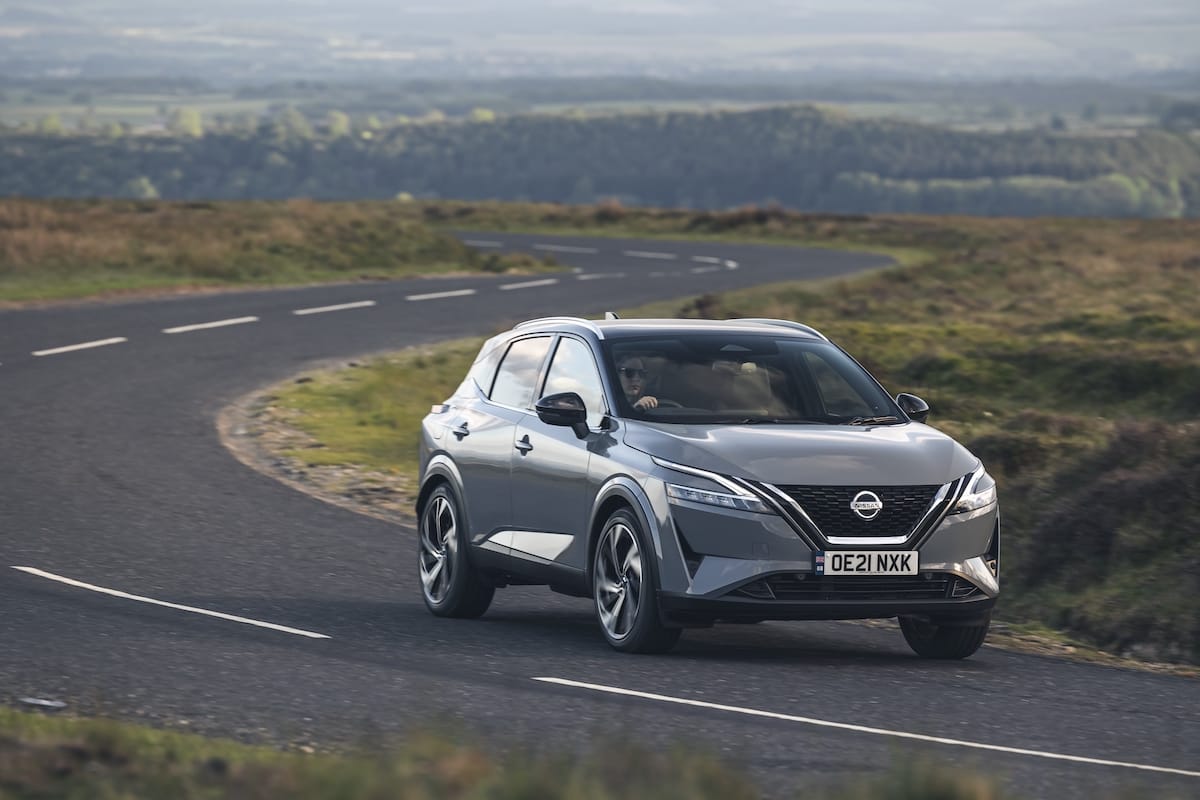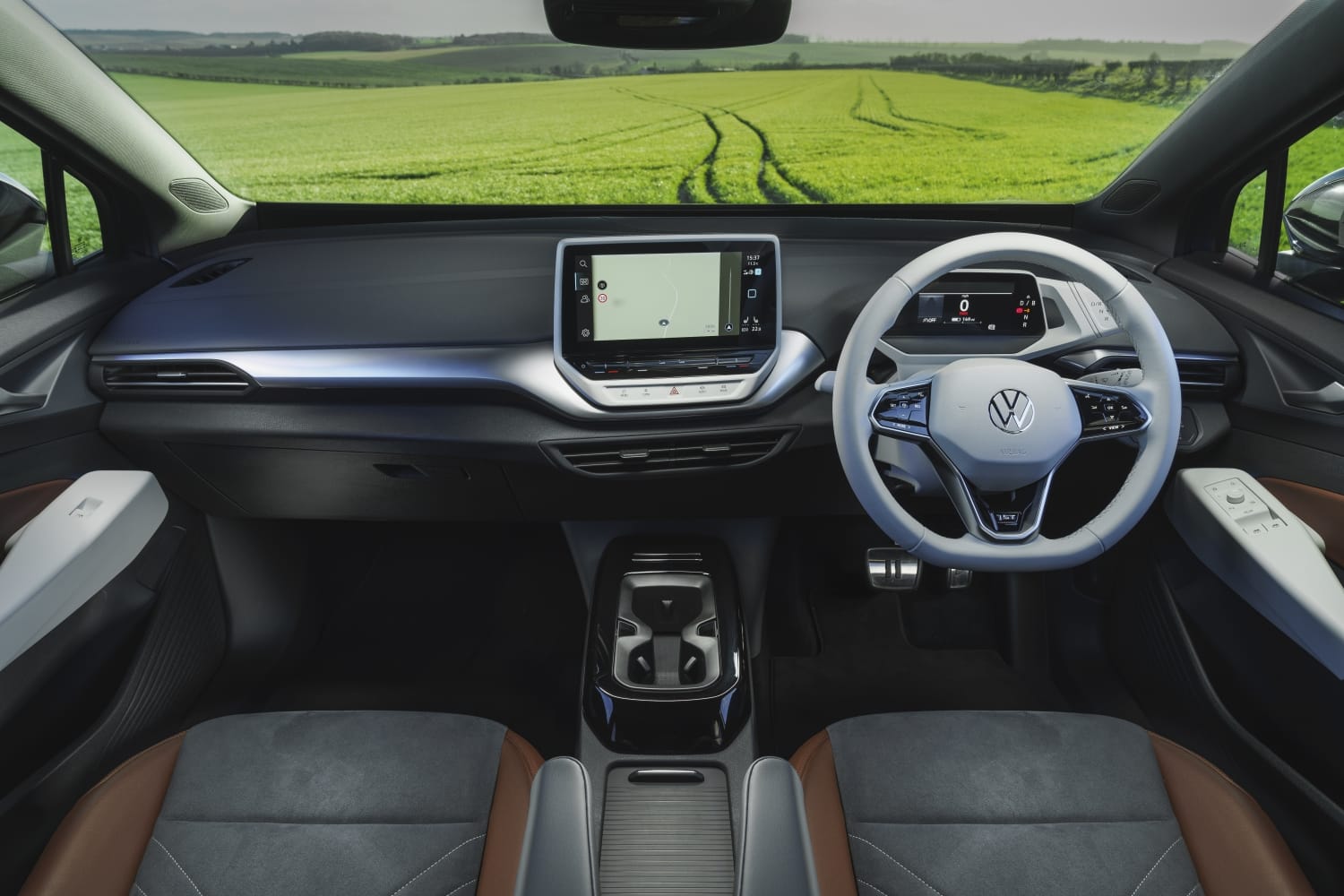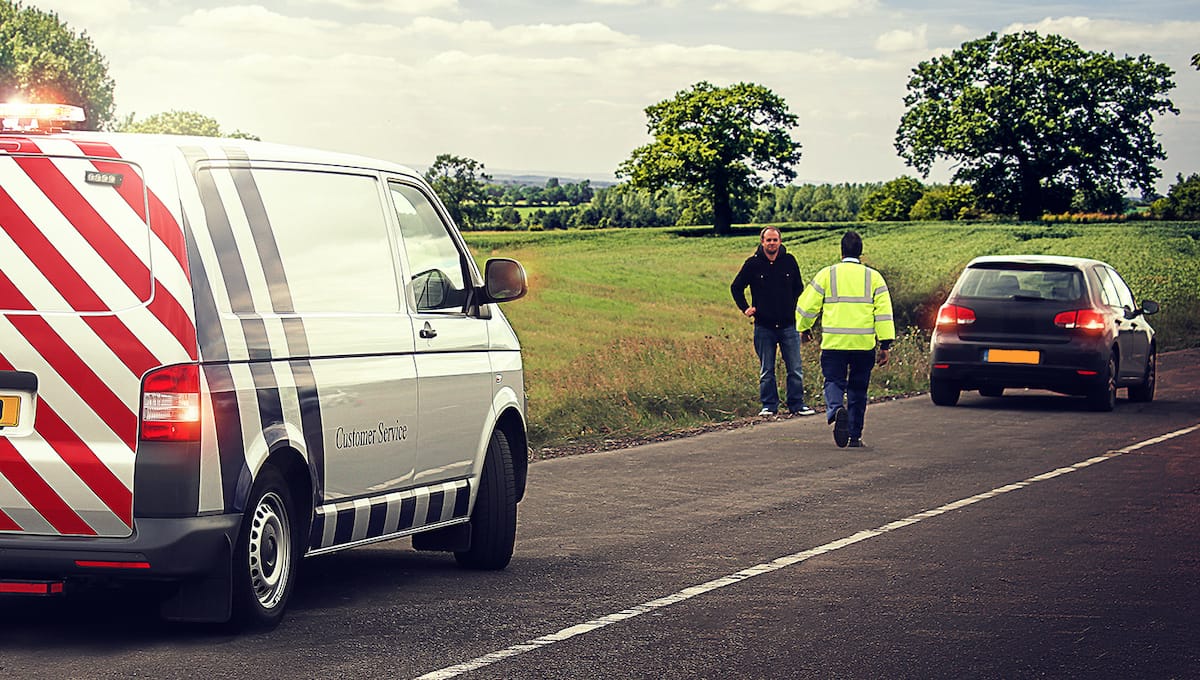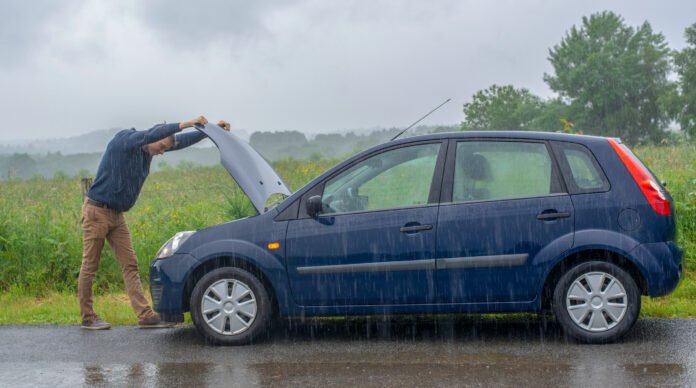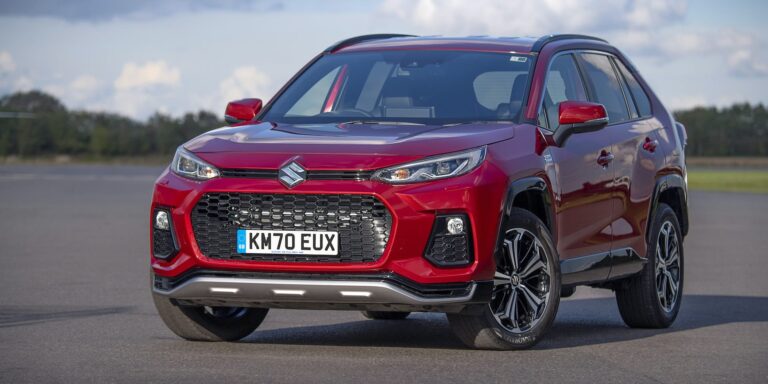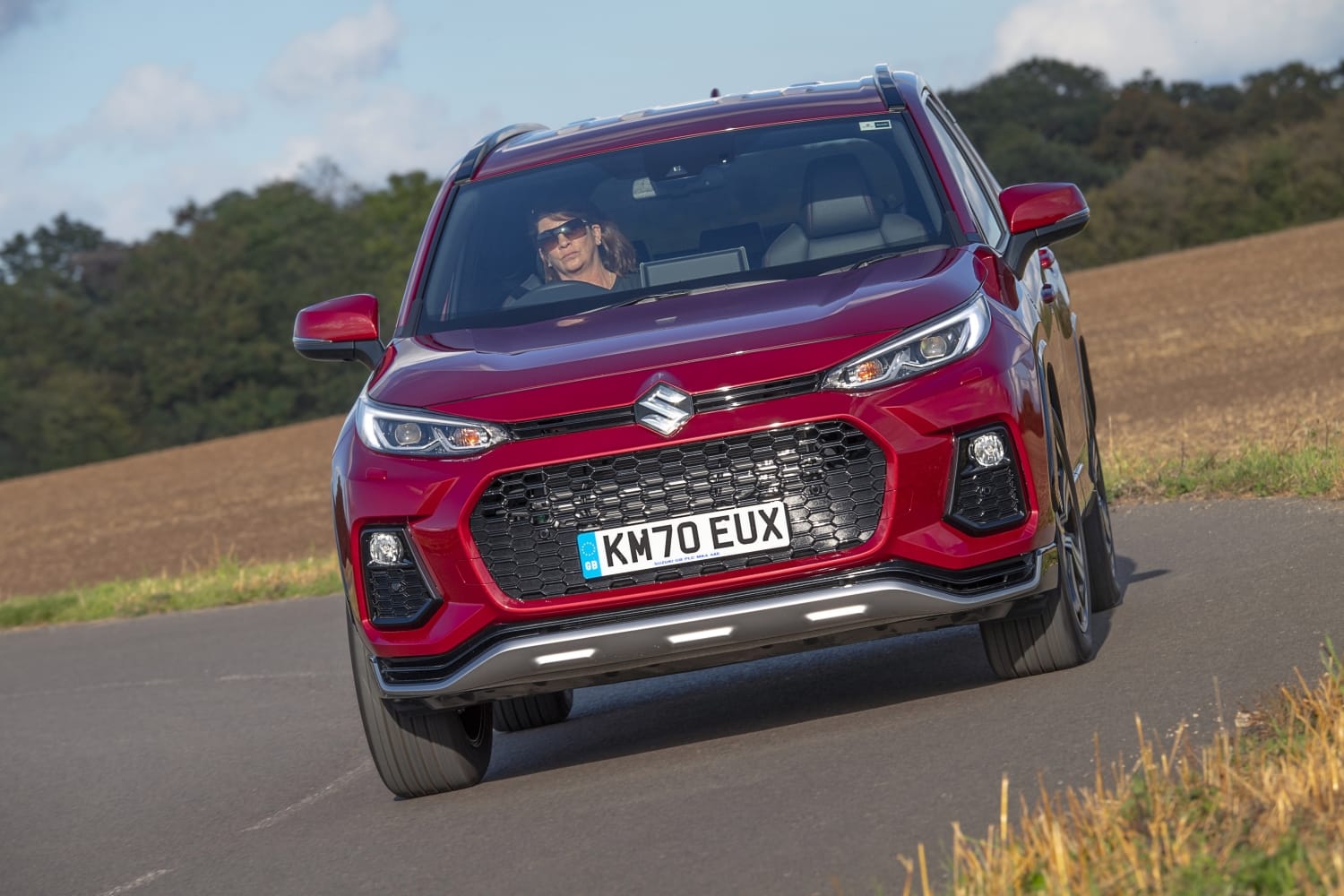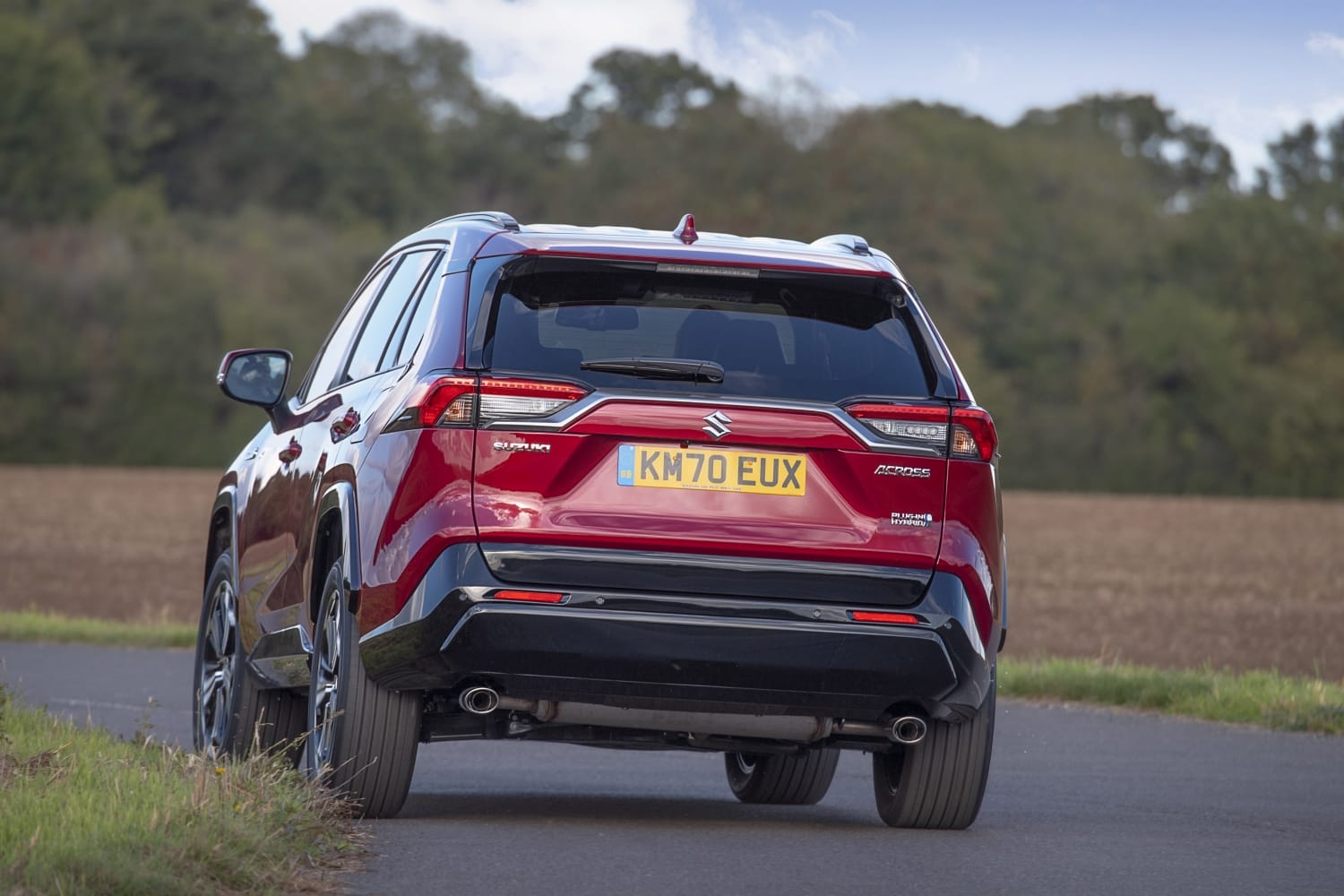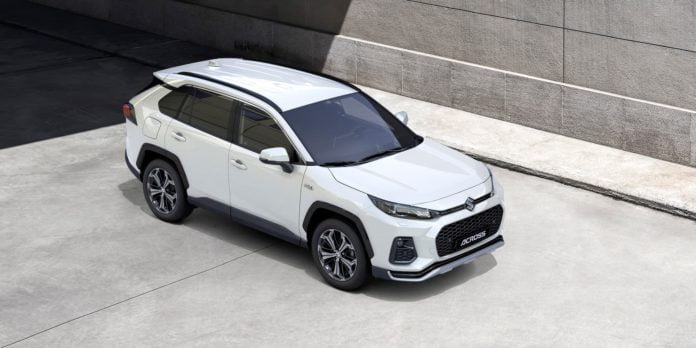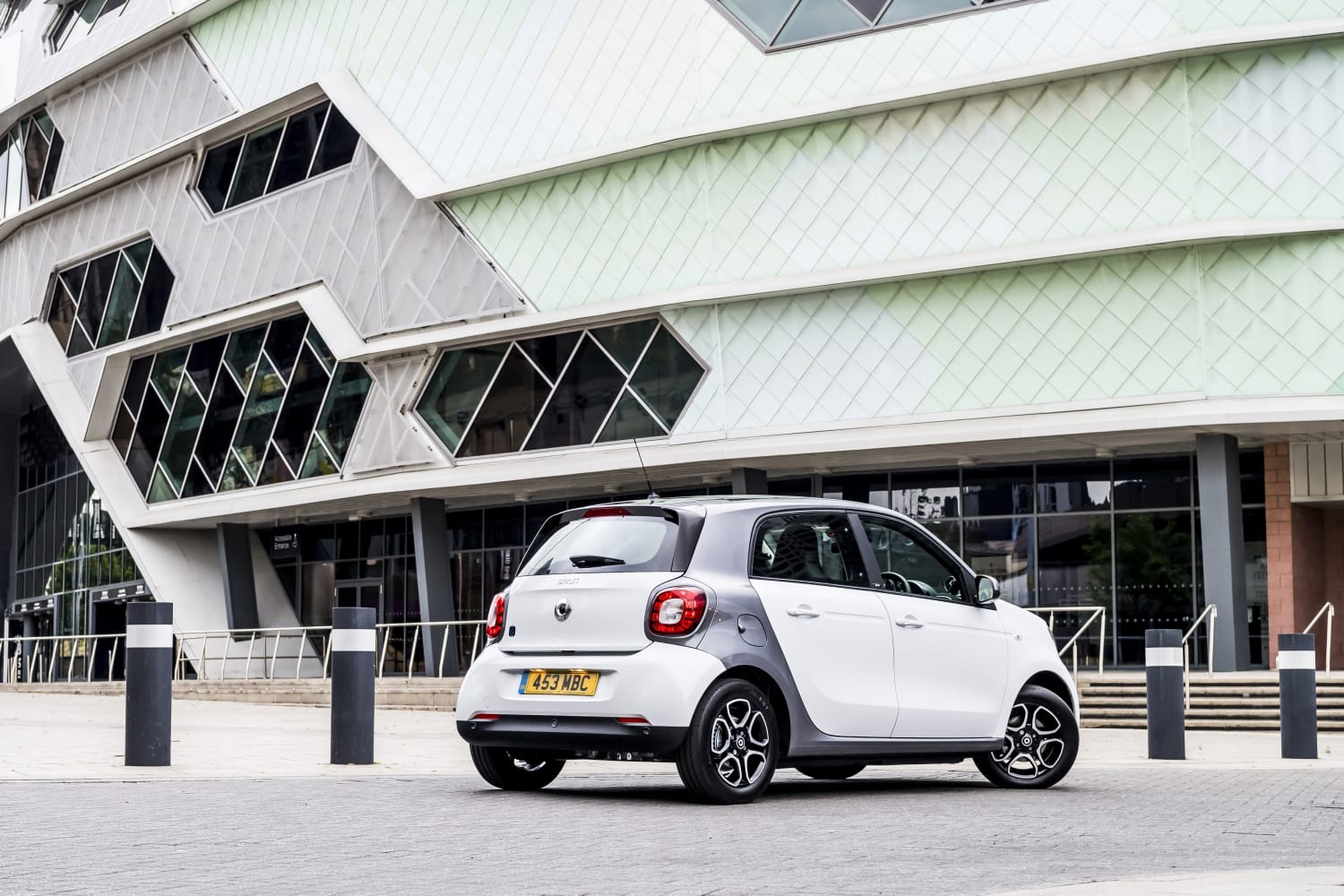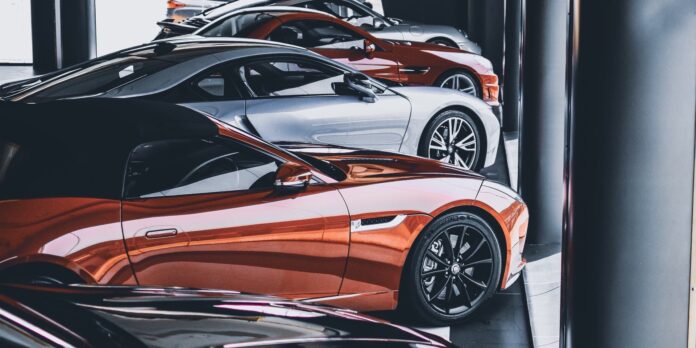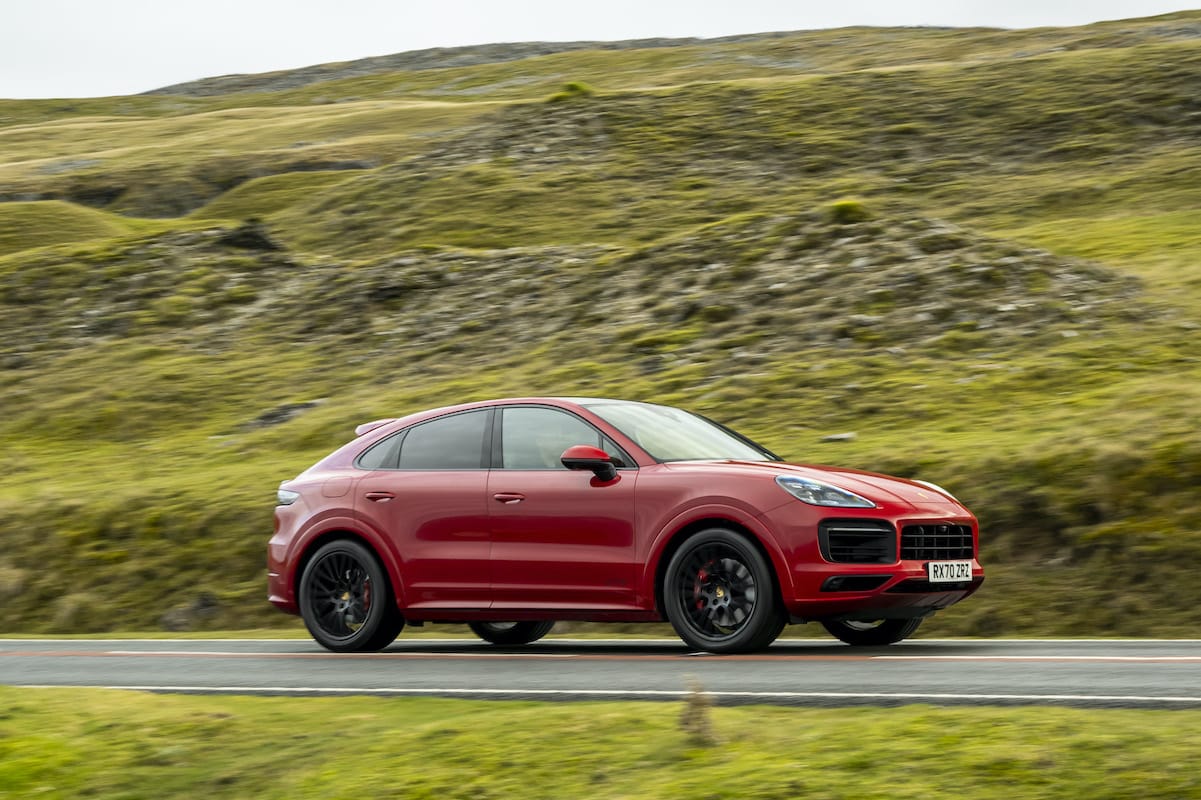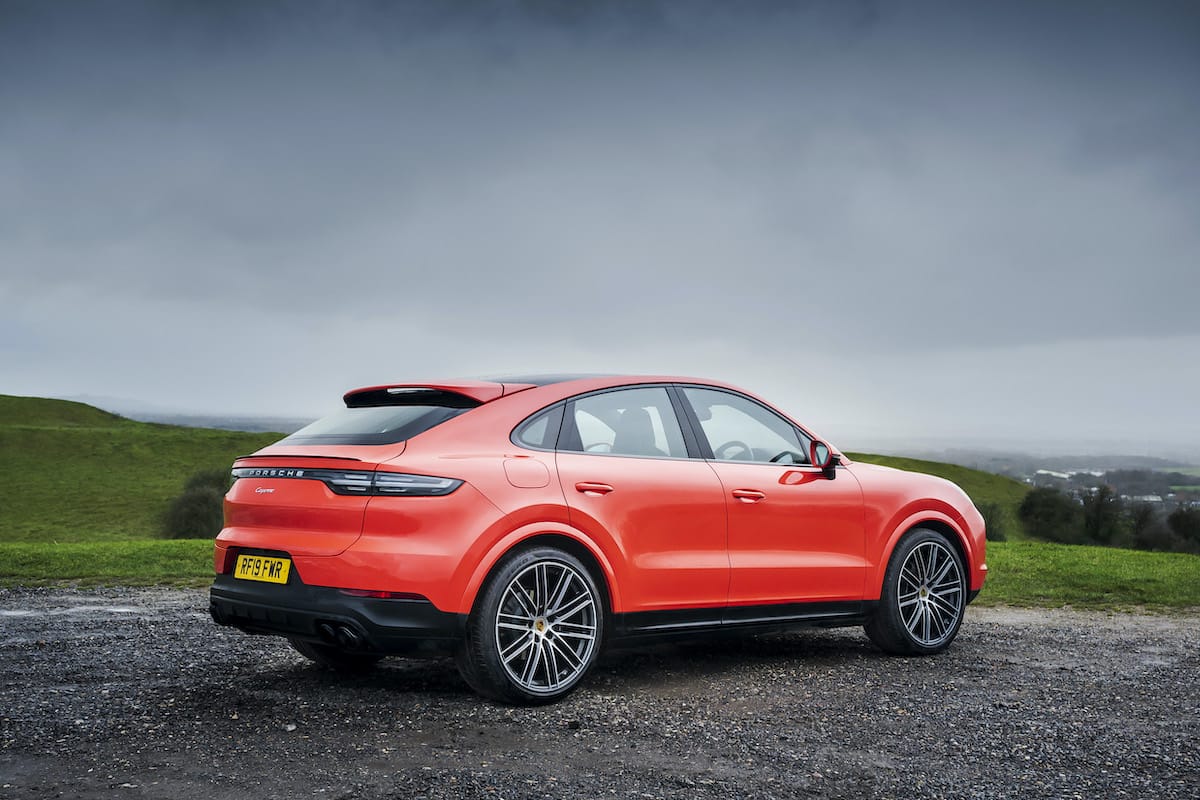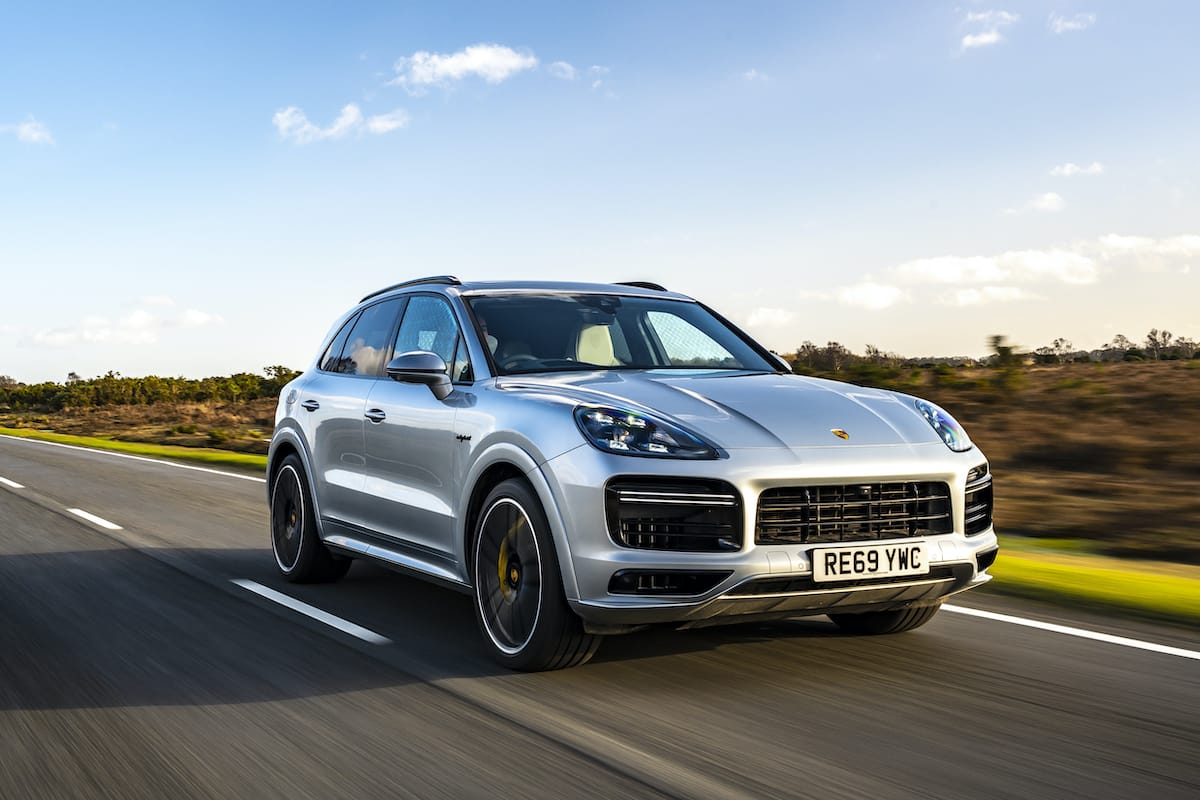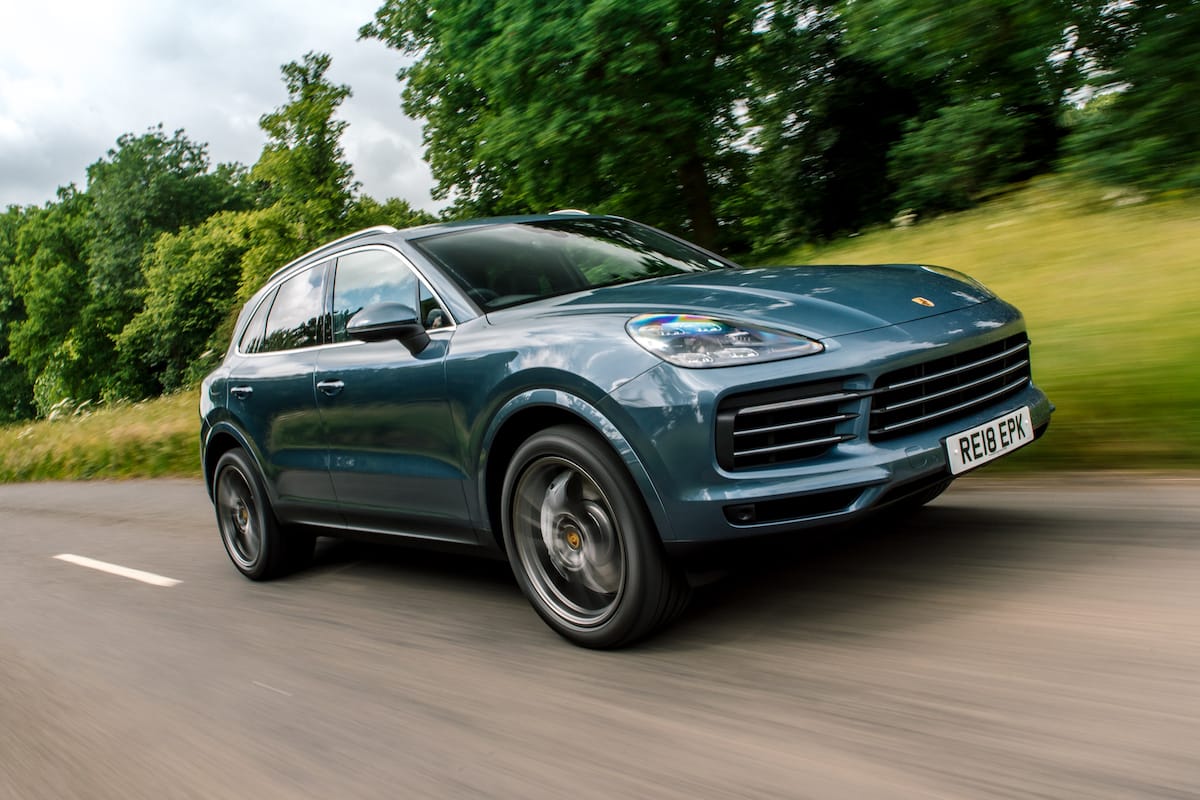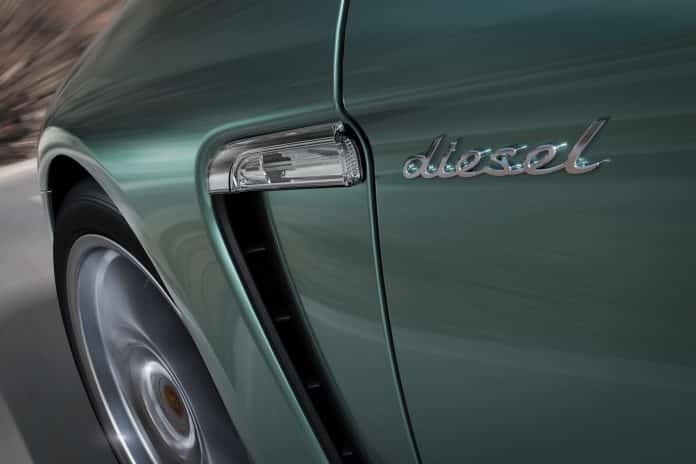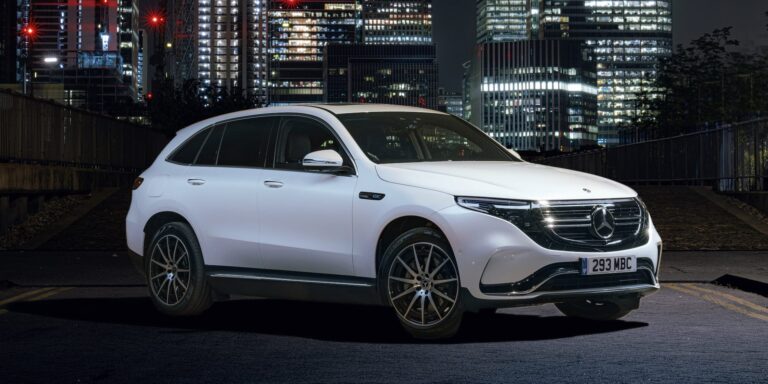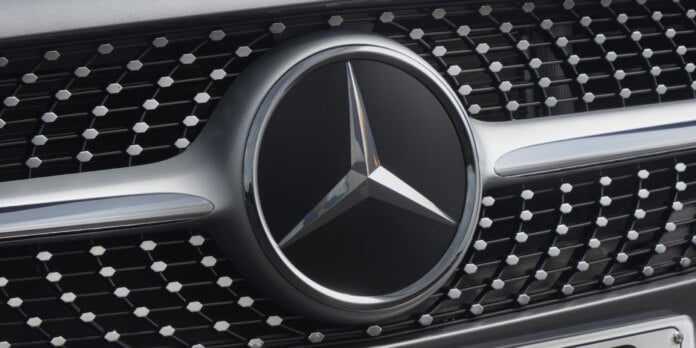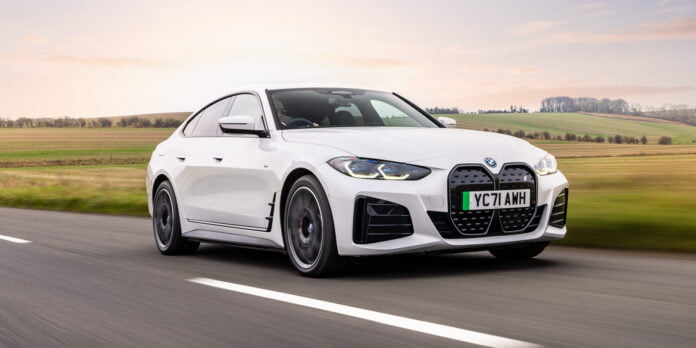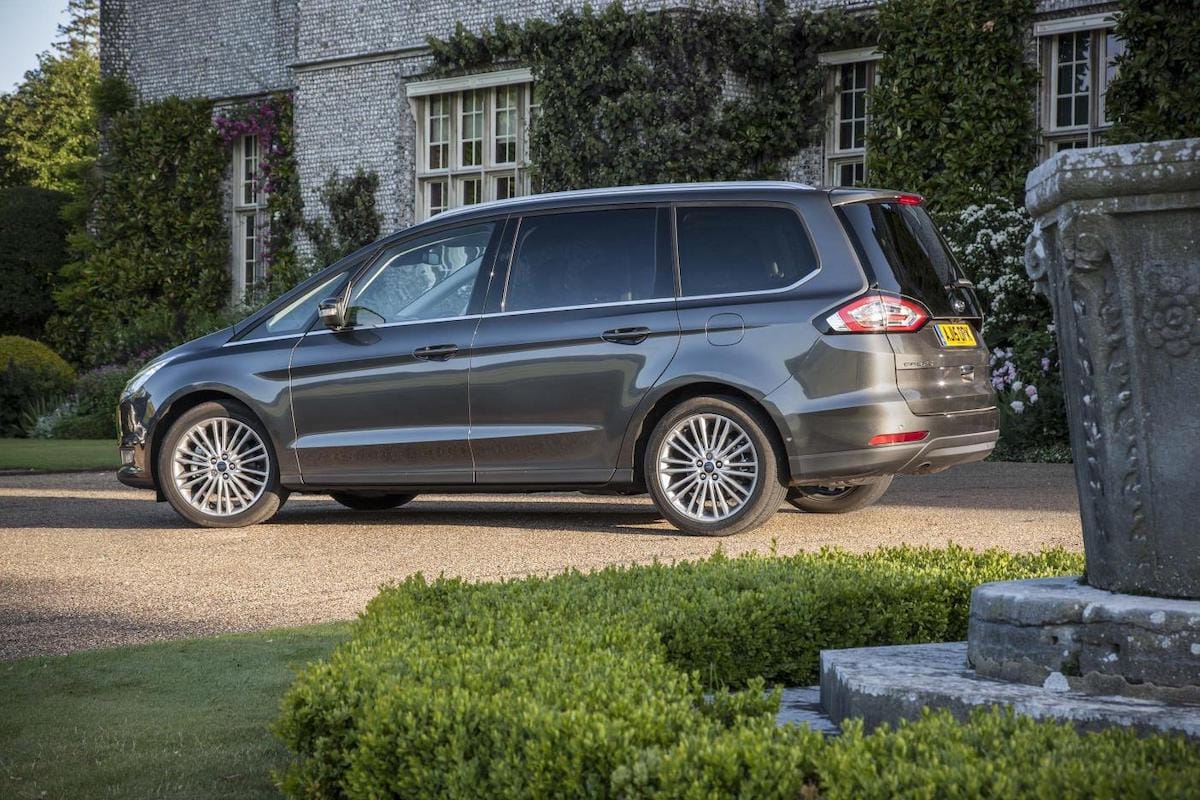Summary
The Dacia Sandero Stepway first appeared in 2017 as a rugged, off-road themed variant of the Sandero supermini, dubbed Europe’s best-selling retail car. All-new versions of both models were launched in 2021.
The Stepway takes most Sandero sales in the UK and the reason it sells so well is because it is a cheap car, with prices starting from less than £16,000 in 2025. However, the budget focus earned the Stepway the wrong sort of headlines in 2021 – Euro NCAP awarded it an almost basement two-star crash-test rating due to its very basic active safety system.
Sandero Stepway models are available only with petrol engines. There’s a 1.0-litre of 90hp or a 100hp version that can also run on liquified petroleum gas (LPG), a rarity in today’s market. There’s also the option to replace the six-speed manual gearbox with an automatic.
Testers have generally liked the Sandero family, praising it for the interior space and equipment you get for a bargain price, and the same goes for the Stepway. Those basics include a good, adjustable driving position, lots of interior space with a bigger boot than most superminis, and the availability of such niceties as air conditioning, touchscreen navigation and Apple CarPlay and Android Auto connectivity.
The Daily Telegraph comments that the Sandero Stepway is “a bargain basement hatchback with a tiny engine and an automatic gearbox that you might actually want to own,” but adds that “we find it hard to recommend a budget option if it means cutting a corner on safety”. Likewise, Which? has slapped the Sandero Stepway with a ‘Don’t Buy’ tag due its poor safety score.
As of January 2025, the Dacia Sandero Stepway holds a New Car Expert Rating of C with a score of 61%.
- Dacia Sandero (2021 onwards) – Expert Rating
- Dacia Sandero Stepway (2013 – 2020) – Expert Rating
- More Dacia ratings, reviews, news and features
Sandero Stepway highlights
- Great value
- Lots of room
- Big boot
- Plentiful equipment
Sandero Stepway lowlights
- Poor safety rating
- Slow
- Uninspiring ride and handling
- Hard plastic interior
Key specifications
Body style: Five-door hatchback
Engines: petrol, petrol/LPG dual-fuel
Price: From £15,700 on-road
Launched: Winter 2020/21
Last updated: N/A
Replacement due: TBA
Image gallery
Media reviews
Highlighted reviews and road tests from across the UK automotive media. Click any of the boxes to view.
Auto Express
Model reviewed: Range overview
Score: 9 / 10
“The Dacia Sandero Stepway makes a great case for itself as an urban runabout, with rugged SUV-style looks, plenty of space and low running costs – all for the price of a bog-standard city car.”
Author: Ellis Hyde, Alastair Crooks
Read review
Model reviewed: 2023 facelift model
Score: 9 / 10
“With the Stepway, Dacia has managed to make it feel like a genuinely competitive offering in the supermini segment, rather than one that relies on its headline price tag and falls short everywhere else. With low-budget rivals drying up, the jacked-up image has now become a bit of a USP for the Stepway, which only adds to its appeal.”
Author: Alastair Crooks
Read review
Model reviewed: 1.0-litre petrol/LPG manual TCe 100 Bi-Fuel
Score: 9 / 10
“This is another hugely impressive Dacia. It does a brilliant job of disguising its budget car status and will have you checking the price list in disbelief. It now adds a fair dose of style and up-to-date tech to the original no frills formula, and is easy to live with.”
Read review
Auto Trader
Model reviewed:
Score: 9 / 10
“While the standard Sandero is the embodiment of Dacia’s bargain brand ethos the Sandero version offers a little more in the way of style and substance thanks to its chunkier crossover looks and some feelgood garnish for the fixtures and fittings.”
Read review
Model reviewed: Range overview
Score: 8.4 / 10
“Trendy crossover looks and a bargain price make the Stepway version of the Dacia Sandero an even more appealing choice for cost-conscious buyers.”
Read review
Business Car
Model reviewed: 1.0-litre petrol manual Prestige
Score: 8 / 10
“Dacia has made good strides with its latest models to appeal to buyers from more than just a cost basis, but we shouldn’t overlook the fact that the range still represents excellent value for money. And though the regular Sandero is cheaper still, for those keen on a crossover the Stepway’s cost proposition will demand strong consideration.”
Read review
Car
Model reviewed: 1.0-litre petrol/LPG manual Bi-Fuel
Score: 8 / 10
“We really like the Dacia Sandero Stepway. Yes, it’s more expensive than the standard Sandero hatchback but it’s still an honest, likeable and comfortable family car.”
Read review
Carbuyer
Model reviewed:
Score: 8.2 / 10
“Headline-grabbing price and improved features make the Dacia Sandero Stepway a tempting option.” (Andy Goodwin)
Read review
Carwow
Model reviewed: Range overview
Score: 7 / 10
“The Dacia Sandero Stepway is a great hatchback mimicking an SUV in a rather pointless way.”
Read review
Heycar
Model reviewed:
Score: 6 / 10
“With good fuel economy, plus low insurance and tax costs, the Dacia Sandero Stepway is already affordable before you consider it’s about half the price of the best small SUVs. It might not be sophisticated, but basic transport has never been better.” (Lawrence Allan)
Read review
Parkers
Model reviewed: Range overview
Score: 7.8 / 10
“Brilliant value for money, much improved over old model.”
Read review
Regit
Model reviewed: 1.0-litre petrol manual Prestige
Score: 7 / 10
“Dacia enjoys an impressive reputation regarding reliability and frequently scores high in customer satisfaction surveys. That helps make the Dacia Sandero Stepway a model well worth checking out if you are on a fairly tight budget but want all the warranty rewards and prestige that go with a new car. Shame about the two-star Euro NCAP safety rating though.”
Author: Maxine Ashford
Read review
The Sun
Model reviewed:
“I think I prefer the Dacia Sandero Stepway to the standard Sandero. Whatever car or trim you choose, you are guaranteed one thing from the new Sandero family and that’s comically cheap, carefree motoring in what feels like a much more expensive car.”
Read review
The Telegraph
Model reviewed: 1.0-liter petrol automatic Prestige
Score: 6 / 10
“It’s a great all-rounder and terrific value, with one notable exception. You may be prepared to accept the Dacia Sandero Stepway’s crashworthiness as an expected by-product of its lower price, but we find it hard to recommend a budget option if it means cutting a corner on safety.”
Read review
Top Gear
Model reviewed: 1.0-litre petrol/LPG manual Bi-Fuel
Score: 8 / 10
“The Dacia Sandero Stepway is value for money without making you look cheap, less pretentious than other crossovers and actually a reasonably deft piece of design.”
Read review
Safety rating
Independent crash test and safety ratings from Euro NCAP
Overall score: 2 stars
Date tested: April 2021
Read the full Euro NCAP review
Adult protection: 70%
Child protection: 72%
Vulnerable road users: 41%
Safety assist: 42%
Notes on safety rating
The Dacia Sandero family (including the Sandero Stepway) scored a very poor two-star rating from Euro NCAP, which generated headlines in the motoring media and was a very disappointing result. However, a better understanding of why the Sandero was only rated two stars is important.
The Sandero scored reasonably well in terms of occupant protection for both adults and children in crash tests. It’s still short of the best small cars, but certainly adequate. If the overall rating was just based on crash performance, it would probably have been awarded four stars rather than two.
Where the Sandero really fell down was in its crash avoidance technology, which has become increasingly important in determining overall ratings – after all, it’s far better to avoid an accident altogether than to survive one. Compared to other small cars, the Dacia’s autonomous emergency braking system is more basic and unable to properly detect pedestrians or cyclists. It does better at avoiding other vehicles, but is still not as good as other small cars.
Given that many of the Sandero Stepway’s rivals are actually used cars from other brands based on older technology and older Euro NCAP standards, the overall two-star rating is not as bad as it sounds – although it’s still not good enough for a brand new car in 2023. In summary, the Sandero Stepway does an adequate job of protecting you in a crash but doesn’t do enough to actually avoid one in the first place.
Eco rating
Independent economy and emissions ratings from Green NCAP
Model tested: 1.0-litre petrol manual 90hp
Overall score: 2.5 stars
Date tested: June 2023
Read the full Green NCAP review
Energy Efficiency Index: 4.8 / 10
Greenhouse Gas Index: 3.3 / 10
Notes on eco rating
Green NCAP tested the 90hp, 1.0-litre petrol manual version of the Dacia Sandero Stepway in June 2023. This rating does not apply to any other engine or gearbox.
Green NCAP said: “The car comes with a state-of-the-art exhaust aftertreatment system and scores an above-average 6.1/10 in the Clean Air Index. The petrol consumption is as can be expected for this type of vehicle and powertrain… enough for an Energy Efficiency Index of 4.8/10.
“Due to the unspectacular consumption figures and the addition of the upstream greenhouse gas emissions for the supply of the fuel, the Greenhouse Gas Index receives only 3.3 points out of 10 and the car misses the qualification for the additional robustness tests.”
Reliability rating
Reliability data provided exclusively for The Car Expert by MotorEasy
Total claims: 13
Average repair cost: £420.55
Last updated: October 2024
Reliability score
All data based on MotorEasy average workshop costs for extended car warranty claims
The Dacia Sandero range (including the Stepway) is a very creditable 86%, according to extended warranty data from our commercial partner MotorEasy, which puts it well above average. The only caveat to this score is that it currently comes from a small number of data points, so could shift significantly as more claims are added to MotorEasy’s database.
This score applies to both the current (2020 onwards) and previous generations of the Sandero family, which is good news if you are considering a used Sandero of any kind.
The average repair cost to date is just over £420, which is dragged up by an average engine repair bill of nearly £1,900. Other repair costs (electrics, brakes, fuel system) are all quite low.
Running cost rating
Monthly cost of ownership data provided exclusively for The Car Expert by Clear Vehicle Data
| Fuel consumption | Average | Score | Variation | Score |
| Petrol models | 50 mpg | B | 45 – 51 mpg | B – C |
| CO₂ output | Average | Score | Variation | Score |
| Petrol models | 129 g/km | A | 125 – 141 g/km | A – B |
| Insurance group | Average | Score | Variation | Score |
| All models | 13 | A | 3 – 32 | A – C |
| Service and maintenance | Cost | Score |
| Year 1 | £157 | A |
| Year 2 | £440 | A |
| Year 3 | £684 | A |
| Year 4 | £871 | A |
| Year 5 | £1,233 | A |
| Overall | £3,385 | A |
Data provided by our partner Clear Vehicle Data backs up the Sandero Stepway’s reputation for long-term affordability.
Only available with petrol drivetrains, the crossover has an average fuel consumption, with low CO₂ emissions. Service and maintenance costs over a five-year period are very affordable too when compared to the market as a whole.
Awards
Trophies, prizes and awards that the Dacia Sandero Stepway has received
2023
- Auto Trader Awards – Best Value New Car
2021
- Scottish Car of the Year Awards – Best Small SUV/Crossover
Similar cars
If you’re looking at the Dacia Sandero Stepway, you might also be interested in these alternatives
Dacia Duster | Fiat Panda 4×4 | Ford Fiesta Active | MG ZS | Nissan Juke | SsangYong Tivoli | Suzuki Ignis | Vauxhall Crossland
There are few direct rivals to the Sandero Stepway’s combination of rugged looks and value, but one of the closest is the Suzuki Ignis, a mini SUV with lots of character, more economy but less space.
Ford offers a beefed-up ‘Active’ version of its mass-selling Fiesta – it’s a much better car than the Dacia but a whole lot more money. The MG ZS is also a traditional SUV of similar size to the Sandero stepway, but while budget it’s still not as cheap as the Dacia.
- Dacia Sandero (2021 onwards) – Expert Rating
- Dacia Sandero Stepway (2013 to 2020) – Expert Rating
- More Dacia ratings, review, news and features
Buy a Dacia Sandero Stepway
If you’re looking to buy a Dacia Sandero, The Car Expert’s partners can help you find the right car
Find your next used car with Motors. Find out more
Find your next new or used car with Auto Trader. Find out more
Find your next new or used car with Carwow. Find out more
Lease a Dacia Sandero Stepway
If you’re looking to lease a new Dacia Sandero, The Car Expert’s partners can help you find a competitive deal
Personal contract hire deals from Leasing.com. Find out more
Personal contract hire deals from Carparison Leasing. Find out more
Personal contract hire deals from Select Car Leasing. Find out more
Subscribe to a Dacia Sandero Stepway
If you’re interested in a car subscription, The Car Expert’s partners can help (PS: What’s a car subscription?)
Car subscriptions from DriveFuze.
Find out more
Car subscriptions from Wagonex.
Find out more
Car subscriptions from Cocoon.
Find out more


